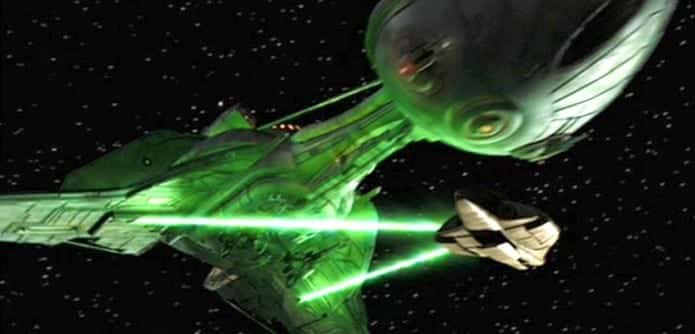Table Of Contents
NASA and Arx Pax have entered a Space Act agreement with the aim of building real life hover engines for space.
On Wednesday, a Californian hoverboard company Arx Pax announced that it has entered into a Space Act Agreement with NASA (National Aeronautics and Space Administration) which aims to build real life hover engines for space by using the MFA technology.
Arx Pax, LLC, a Silicon Valley start-up firm was in news last year due to the invention and patenting of MFA (Magnetic Field Architecture) technology.
In November, Arx Pax had unveiled their semi-functional Hendo Hoverboard which worked on the MFA technology and it was just a platform used by the company to showcase their novel MFA technology to the world.
MFA technology:
Fiona MacDonald at Science Alert writes: It means “Arx Pax have managed to create magnetic fields that can levitate an object up off a special metallic surface below.”
The basic aim of this NASA-Arx Pax partnership has been explained in the official website Arx Pax: “The purpose of the collaboration is to use Arx Pax’s MFA to create micro-satellite capture devices that can manipulate and couple satellites from a distance. This can be achieved by using a magnetic tether between the objects.”
Hence in a way this partnership will land into building a real-life magnetic ‘tractor beam’.
Maddie Stone at Gizmodo writes: “The Hendo Hoverboard was on some levels a success, but it was no Back to the Future. The thing only worked on a special metallic surface, it made loud, screechy noises, and its battery life was pretty bad,” which not an ideal device.
Arx Pax believes that this novel MFA technology can also find its application in various other fields such as building levitating homes which can withstand earthquake thus protecting people from natural disasters and now the technology would pave its way into space as well.
During a press release it was explained that: “Arx Pax and NASA will work together to design a device with the ability to attract one object to another from a distance. The device will draw as well as repel satellites at the same time, meaning it will hold a satellite at a distance and won’t allow it to move away or toward the capture device. This will enable the capability to capture and possibly manipulate micro-satellites or other objects without making physical contact with them.”
Significance of Space Act Agreement:
Greg Henderson, founder and CEO of Arx Pax told Gizmodo that currently they are targeting ‘CubeSats’ which are the tiny satellites that NASA plans to send for exploring distant planets in the near future.
Thus, we can see that the Space Act Agreement will help in better co-ordination and link up of the satellites which in a way will prove beneficial for the monitoring systems at Earth and also assist in better space exploration.
Working of MFA Technology:
Arx Pax’s Magnetic Field Architecture: The Hendo Hoverboard utilizes electromagnetic energy for its working. Here, two downward facing disc shaped ‘hover engines’ are used which induces an opposing magnetic field in the material below it. This ultimately results in repulsion of the magnetic fields which leads to levitation of the source of electromagnetic energy i.e. the ‘hover engine’.
The partnership between NASA and Arx Pax intends to use the same interacting magnetic fields to attract the distant objects in space.
With MFA technology electromagnetic energy can be transmitted in much productive and powerful way.
Hendo hoverboard is similar to maglev train technology with the only difference being a maglev train requires track to stay balances whereas Hendo hoverboard is able to move in multiple directions.
Well, this project seems to be very much promising and it will help researchers to study the climate of other planets as well as even explore the surface of an asteroid because with this technology NASA can get a coordinated team of satellites to work simultaneously on a mission.
If things fall in place, the ‘fans’ of Star Trek and Star Wars, who get excited when they see the tractor beams drawing in enemy spacecrafts might get to see IRL magnetic tractor beams.
But wait! as of now we have meager details of this project and also it seems a long way before the real-life tractor beams becomes a reality.
Henderson wrote in an email that, “The collaboration is evolving and the project is a work in process. We will share more information as we hit specific joint development milestones.”

